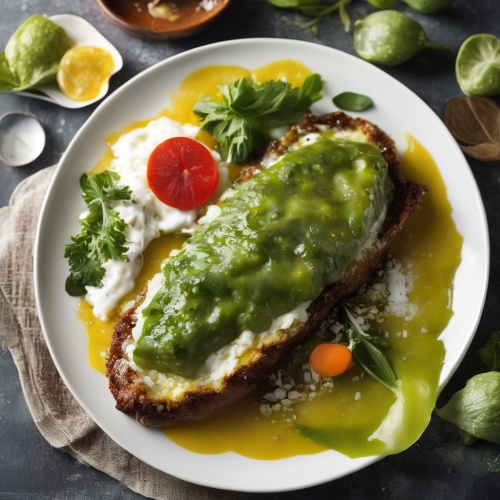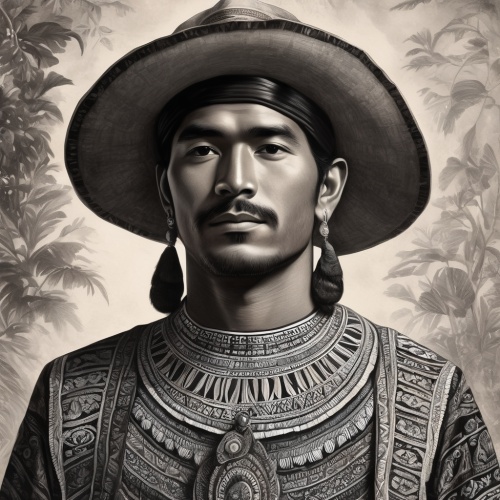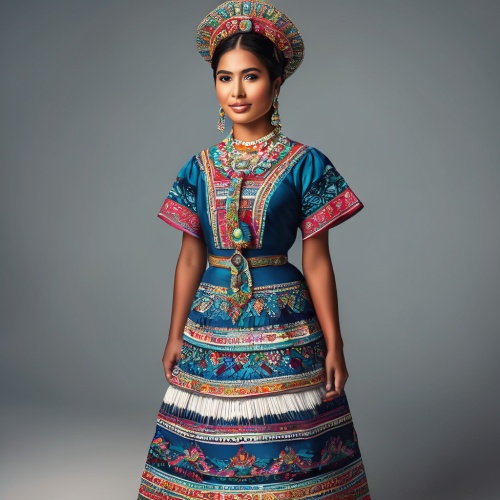Understand
Welcome to the captivating city of Quetzaltenango, the bustling capital of the department bearing the same name. Nestled amidst a picturesque plain, adorned by rolling hills and majestic volcanoes, this city is a true gem that combines the ancient traditions of the Maya-Quiche people with its rich colonial heritage, all while embracing the dynamic energy of modern life. Quetzaltenango's roots trace back to the awe-inspiring era of the Pre-Columbian Maya civilization. The Mam authority, known as Kulah, once wielded great influence and brought prosperity to the region. Later, the Quiches' Lords established the city of Xelaj, relocating it from its original site at the foot of the Santa Maria volcano. When Spanish Conquistadors arrived in the early 1500s, the Nahuas, native allies hailing from Central Mexico, bestowed upon the city the name "Quetzaltenango," meaning "the place of the Quetzal bird" in their Nahua language. This name, passed down through the ages, still holds sway as the city's official title. However, the locals, steeped in ancient lore, affectionately refer to it as "Xela," paying homage to its historical roots. During the Spanish Colonial period, Quetzaltenango stood as the administrative capital of the Western Highland region. It played a vital role in the Central American Federation following the region's independence from Spain in the 1820s. Tensions between Quetzaltenango and Guatemala City eventually led to the formation of "Los Altos," the "Sixth State of the Central American Confederation," with Quetzaltenango as its spirited capital. Sadly, this newfound autonomy was short-lived, as Guatemalan dictator Carrera mercilessly conquered the city, executing its leaders. Quetzaltenango thrived during the late 19th and early 20th centuries, thanks to the coffee boom that brought prosperity to the region. Distinctive landmarks, showcasing the pinnacle of the "Belle poque" architectural style, were constructed during this period and still grace the city's landscape. The dream of a railway connecting Quetzaltenango ignited in the 1890s and became a reality in the 1930s. The "Ferrocarril de los Altos" was hailed as an engineering marvel until landslides tragically destroyed it in 1933. The legend of this fabled railway lives on in local folklore, commemorated by a dedicated museum in town. While Quetzaltenango faced economic challenges during the Great Depression and the Guatemalan Civil War in the latter half of the 20th century, the city has experienced a renaissance since the new millennium. Renovation efforts have bestowed a fresh splendor upon its historic landmarks, breathing new life into the city and making it more magnificent and vibrant than ever before. The proud Quetzaltecos cherish their city, celebrating its distinct regional culture and treasuring its rich heritage. Prepare to be captivated by the allure of Quetzaltenango as you unravel the stories that have shaped this remarkable place.
Get in
Exciting Volunteer Opportunities in Quetzaltenango, Guatemala] Are you passionate about making a difference and helping others? If so, consider volunteering in Quetzaltenango, Guatemala! This beautiful city offers numerous social and animal rescue centers where you can contribute your time and skills to meaningful projects. Whether you're interested in working with children, supporting local communities, or caring for animals, there's a volunteer opportunity for you. Check out this link to learn more about volunteering abroad in Guatemala and find the perfect program for you. Get ready for a life-changing experience filled with rewarding work, cultural immersion, and unforgettable memories!
Popular Foods
 Dish: PupusasPupusas are thick, round corn tortillas filled with cheese and often accompanied by various meats such as pork, chicken, or beef. These savory treats can be found throughout Guatemala and are typically served as a snack or light meal. They are cooked on a griddle until golden brown and often enjoyed with a side of curtido, a tangy cabbage slaw.
Dish: PupusasPupusas are thick, round corn tortillas filled with cheese and often accompanied by various meats such as pork, chicken, or beef. These savory treats can be found throughout Guatemala and are typically served as a snack or light meal. They are cooked on a griddle until golden brown and often enjoyed with a side of curtido, a tangy cabbage slaw. Dish: TamalesTamales are a traditional Guatemalan dish consisting of masa (a type of dough made from ground corn) stuffed with various ingredients such as meat, vegetables, or fruits, then steamed in corn husks. The result is a delicious, compact package of flavor that showcases the diverse culinary heritage of the country. Tamales can be enjoyed as a main course or as a tasty snack, depending on their filling and size.
Dish: TamalesTamales are a traditional Guatemalan dish consisting of masa (a type of dough made from ground corn) stuffed with various ingredients such as meat, vegetables, or fruits, then steamed in corn husks. The result is a delicious, compact package of flavor that showcases the diverse culinary heritage of the country. Tamales can be enjoyed as a main course or as a tasty snack, depending on their filling and size. Dish: Chiles RellenosChiles Rellenos are whole, roasted poblano peppers that are stuffed with a mixture of cheese and meat, then battered and deep-fried until crispy on the outside. This indulgent dish is a favorite across Guatemala and often served as a main course. The flavors and textures combine perfectly – the slightly smoky pepper, the gooey melted cheese, and the tender pieces of meat create a symphony of taste that represents the essence of Guatemalan cuisine.
Dish: Chiles RellenosChiles Rellenos are whole, roasted poblano peppers that are stuffed with a mixture of cheese and meat, then battered and deep-fried until crispy on the outside. This indulgent dish is a favorite across Guatemala and often served as a main course. The flavors and textures combine perfectly – the slightly smoky pepper, the gooey melted cheese, and the tender pieces of meat create a symphony of taste that represents the essence of Guatemalan cuisine.


Comments
NO COMMENTS